10 Best Herbal Tinctures For Open Wounds
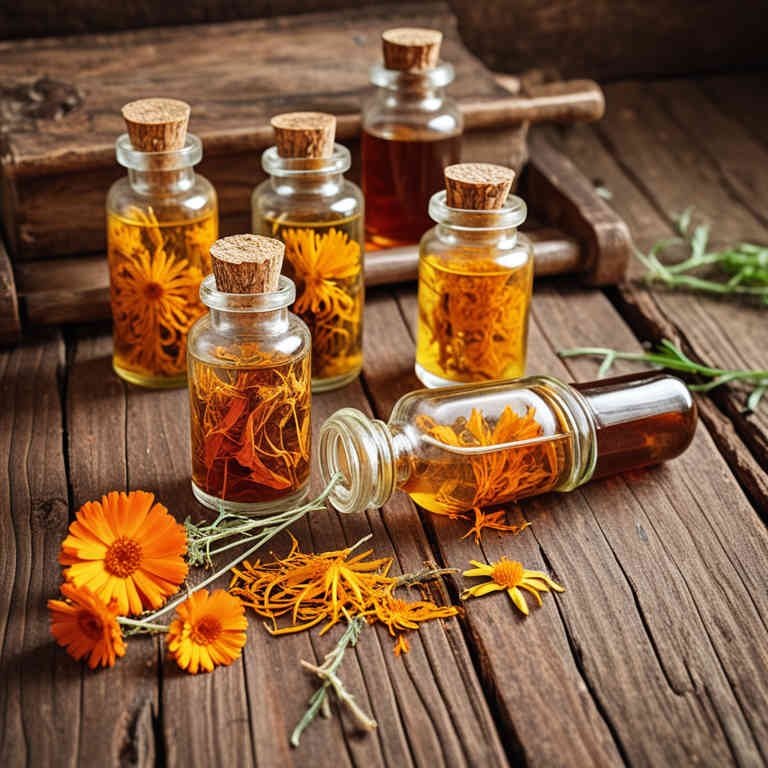
Herbal tinctures are concentrated liquid extracts made from various medicinal plants, often used for their antimicrobial, anti-inflammatory, and healing properties.
When applied to open wounds, these tinctures can help reduce infection risk and promote tissue regeneration by leveraging the natural compounds found in herbs like echinacea, calendula, and St. John's wort. However, it is important to note that not all herbal tinctures are suitable for open wounds, as some may cause irritation or allergic reactions. Proper dilution and consultation with a healthcare professional are essential before using any herbal tincture on a wound.
While some people find them beneficial as a complementary therapy, they should never replace professional medical care for severe or infected wounds.
FREE COURSE
How to make medicinal herbal tinctures for common ailments at home and in a weekend (using the Healing Drops System).

Table of Contents
1. Calendula officinalis

Calendula officinalis herbal tinctures are commonly used for their anti-inflammatory and antimicrobial properties, making them a popular choice for treating open wounds.
These tinctures are derived from the dried flowers of the calendula plant and are typically prepared by soaking the flowers in alcohol to extract their active compounds. When applied topically, calendula tinctures can help reduce swelling, promote tissue repair, and prevent infection in minor cuts, abrasions, and ulcers. However, it is important to consult a healthcare professional before using calendula tinctures on severe or deep wounds.
While generally considered safe for most people, some may experience allergic reactions, so a patch test is recommended before widespread application.
2. Hypericum perforatum
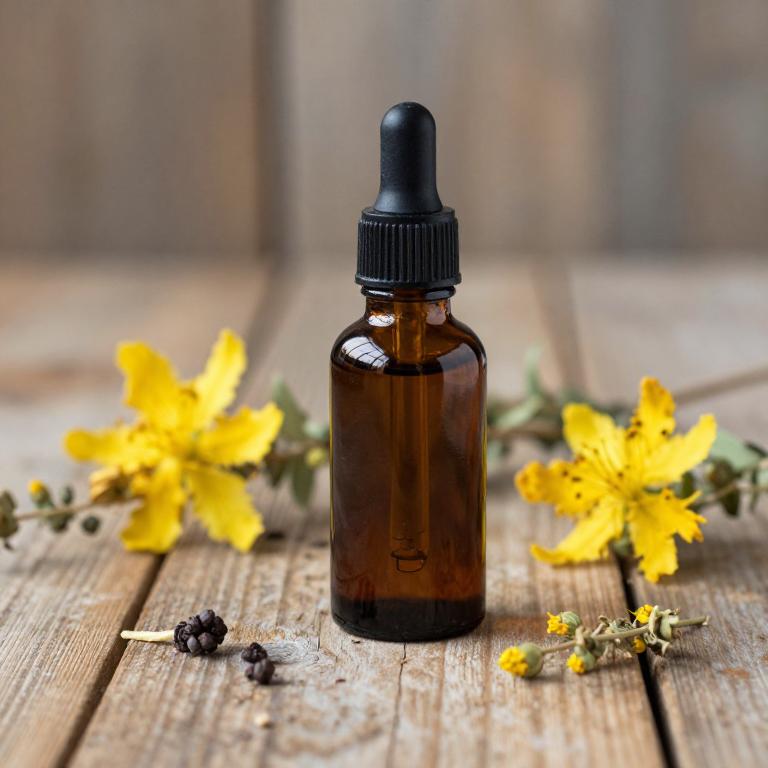
Hypericum perforatum, commonly known as St. John's Wort, has been traditionally used for its potential wound-healing properties, and its herbal tinctures are sometimes applied to open wounds to promote tissue repair and reduce inflammation.
The active compounds in hypericum perforatum, such as hypericin and hyperforin, are believed to possess antimicrobial and antioxidant effects that may support the healing process. However, while some studies suggest its efficacy in minor wounds, it is important to note that it should not be used on deep or infected wounds without medical supervision. Due to its potential interactions with certain medications, it is advisable to consult a healthcare professional before using hypericum perforatum tinctures on open wounds.
Overall, while it may offer some benefits in the management of minor wounds, its use requires caution and proper guidance.
3. Echinacea purpurea
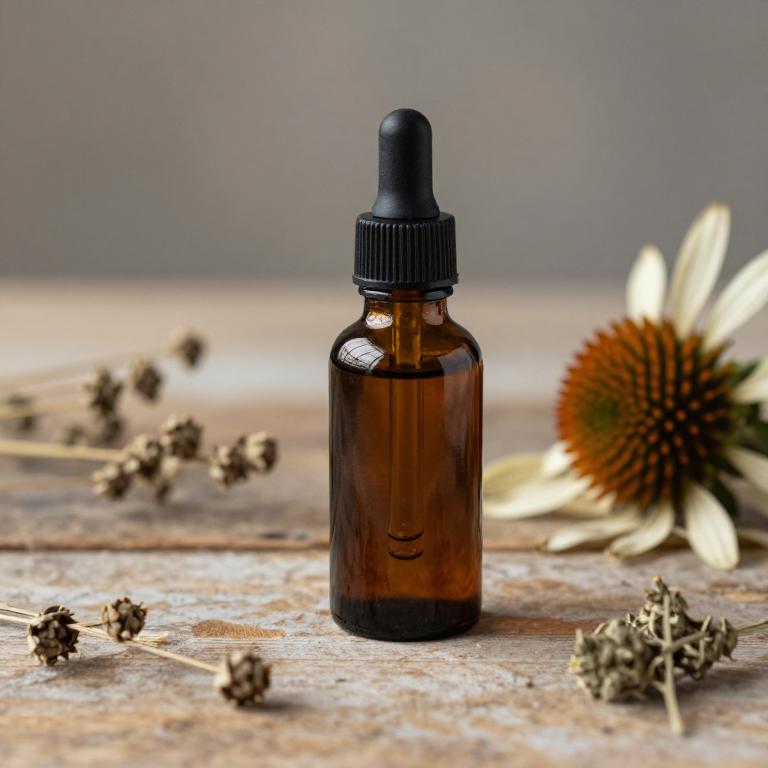
Echinacea purpurea herbal tinctures are traditionally used for their potential anti-inflammatory and immune-boosting properties, though their efficacy for open wounds remains a topic of debate among medical professionals.
While some studies suggest that echinacea may help reduce inflammation and promote healing, there is limited scientific evidence supporting its use specifically for open wounds. Due to the risk of infection and delayed healing, it is generally not recommended as a primary treatment for wounds without proper medical supervision. Some practitioners may use echinacea tinctures as a complementary therapy alongside standard wound care practices.
As with any herbal remedy, it is important to consult a healthcare provider before using echinacea for open wounds to ensure safety and appropriateness.
4. Urtica dioica

Urtica dioica, commonly known as stinging nettle, has been traditionally used in herbal medicine for its anti-inflammatory and astringent properties.
When prepared as a tincture, it can be applied topically to open wounds to help reduce swelling, promote healing, and prevent infection. The active compounds in stinging nettle, such as flavonoids and silica, may contribute to its wound-healing benefits by strengthening tissues and improving circulation. However, it is important to note that direct application of the fresh plant can cause irritation, so a properly diluted tincture is recommended.
As with any herbal treatment, it is advisable to consult a healthcare professional before using urtica dioica tinctures, especially for severe or persistent wounds.
5. Achillea millefolium
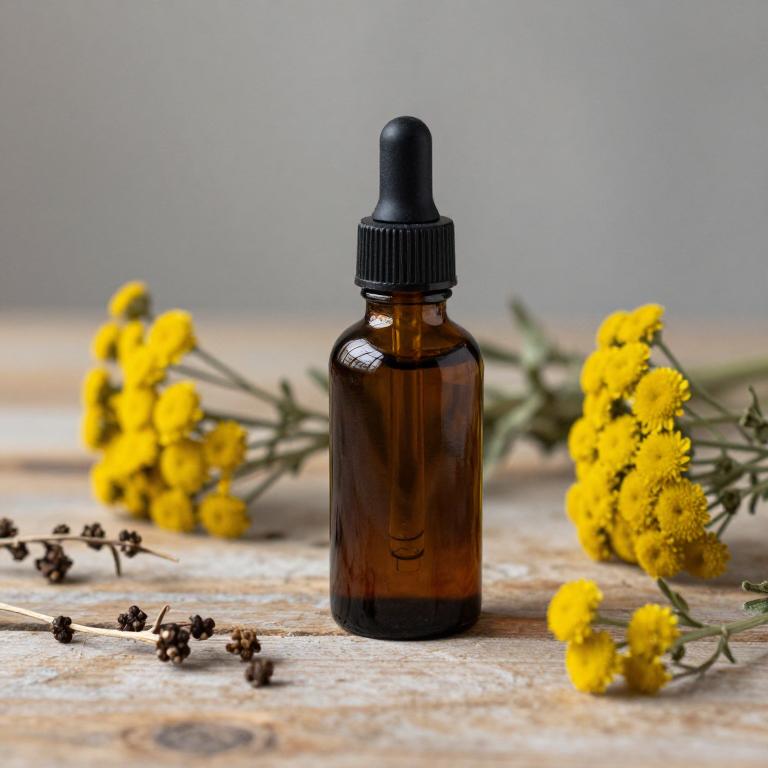
Achillea millefolium, commonly known as yarrow, has been traditionally used for its wound-healing properties, and its herbal tinctures are often applied to open wounds to promote healing and reduce inflammation.
The tinctures contain compounds such as achilline and flavonoids, which may help in reducing swelling and preventing infection. When applied topically, these tinctures can support the body's natural healing processes by enhancing blood circulation and tissue regeneration. However, it is important to dilute the tincture with a carrier oil or water before application to avoid irritation.
While yarrow tinctures may offer some benefits, they should not replace professional medical care for severe or infected wounds.
6. Chamomilla recutita
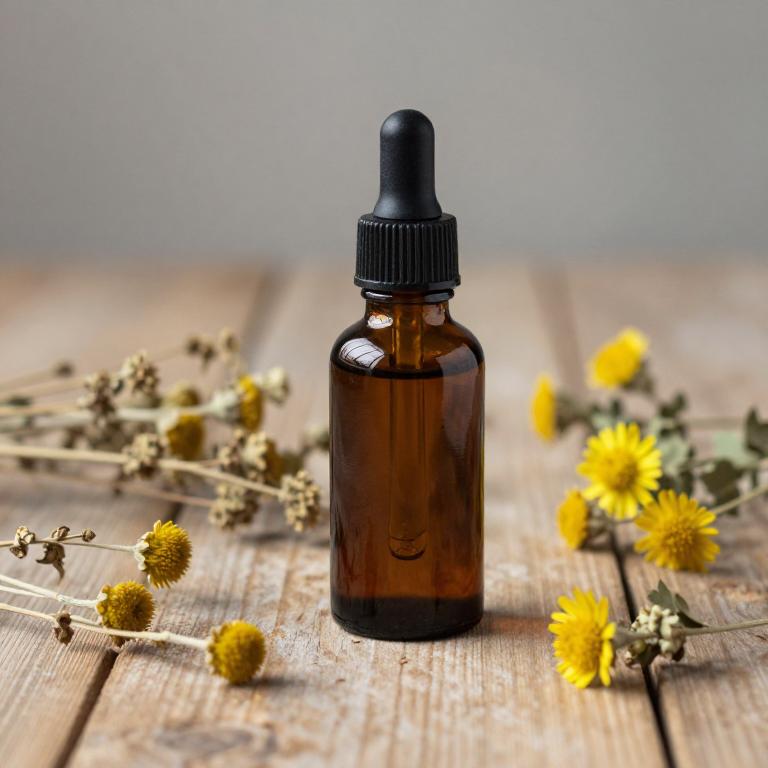
Chamomilla recutita, commonly known as German chamomile, is often used in herbal tinctures for its anti-inflammatory and antimicrobial properties.
These tinctures can be applied topically to open wounds to help reduce swelling, prevent infection, and promote healing. The essential oils in chamomile, such as bisabolol and chamazulene, contribute to its soothing and healing effects on the skin. However, it is important to dilute the tincture properly before application to avoid skin irritation.
While chamomile tinctures may offer natural support for wound care, they should not replace professional medical treatment for severe or persistent wounds.
7. Aloe barbadensis

Aloe barbadensis, commonly known as aloe vera, has been traditionally used for its soothing and healing properties, and its herbal tinctures are often applied to open wounds to promote tissue repair and reduce inflammation.
These tinctures contain a variety of bioactive compounds, including polysaccharides, enzymes, and antioxidants, which support cellular regeneration and enhance the body's natural healing processes. When applied topically, aloe vera tinctures can help to cleanse the wound, prevent infection, and alleviate pain and redness associated with the healing process. However, it is important to ensure that the tincture is properly prepared and diluted to avoid irritation or allergic reactions.
While aloe vera can be a beneficial adjunct in wound care, it should not replace professional medical treatment for severe or infected wounds.
8. Symphytum officinale
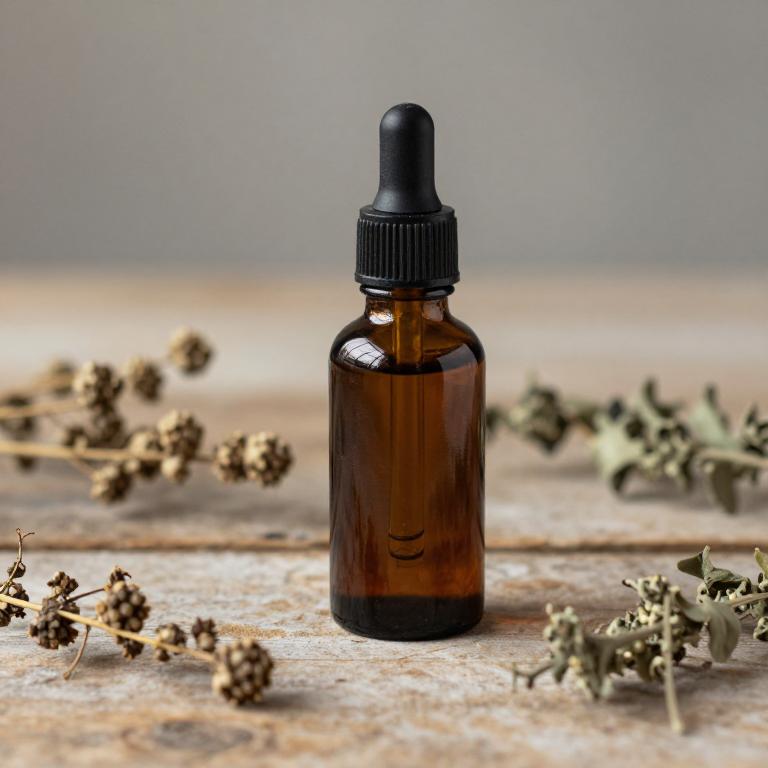
Symphytum officinale, commonly known as comfrey, is a traditional herb used in the preparation of tinctures for the treatment of open wounds.
These tinctures are believed to promote tissue regeneration and accelerate the healing process due to the presence of allantoin and other bioactive compounds. However, it is important to note that comfrey tinctures should be used with caution, as they may contain pyrrolizidine alkaloids, which can be toxic to the liver if ingested. Despite the risks, some practitioners still use comfrey tinctures externally for their potential anti-inflammatory and wound-healing properties.
As with any herbal remedy, it is advisable to consult a healthcare professional before using comfrey tinctures, especially for chronic or severe wounds.
9. Plantago lanceolata
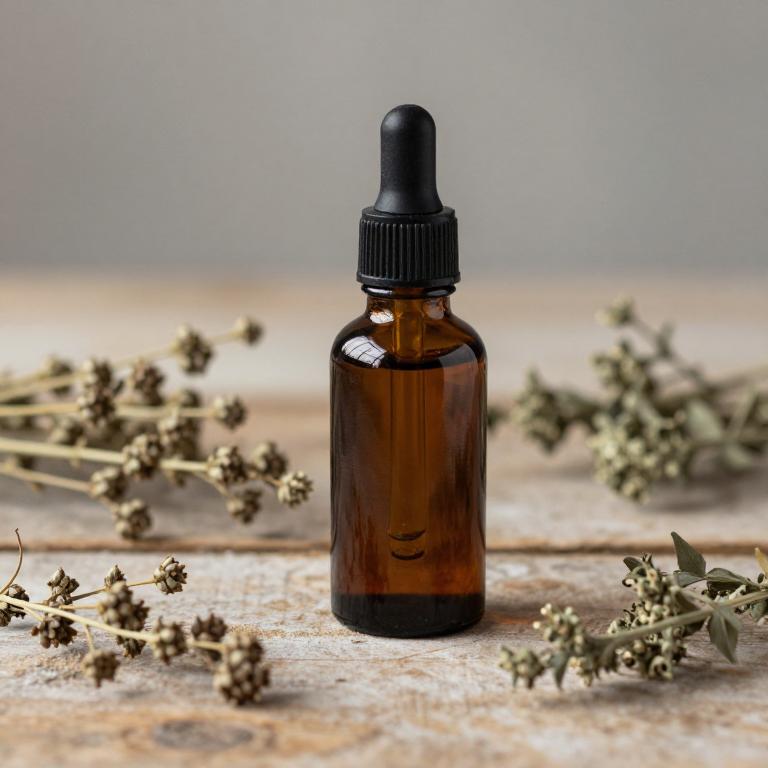
Plantago lanceolata, commonly known as narrowleaf plantain, has been traditionally used for its healing properties, and its herbal tinctures are often applied to open wounds to promote tissue repair and reduce inflammation.
The tinctures are prepared by soaking the dried leaves in alcohol, which extracts the plant's active compounds such as aucubin and allantoin, known for their soothing and regenerative effects. When applied topically, these tinctures can help cleanse the wound, prevent infection, and accelerate the healing process. They are particularly beneficial for minor cuts, abrasions, and burns due to their antimicrobial and anti-inflammatory properties.
However, it is important to consult a healthcare professional before using plantain tinctures, especially on deep or infected wounds, to ensure safe and effective treatment.
10. Lavandula angustifolia
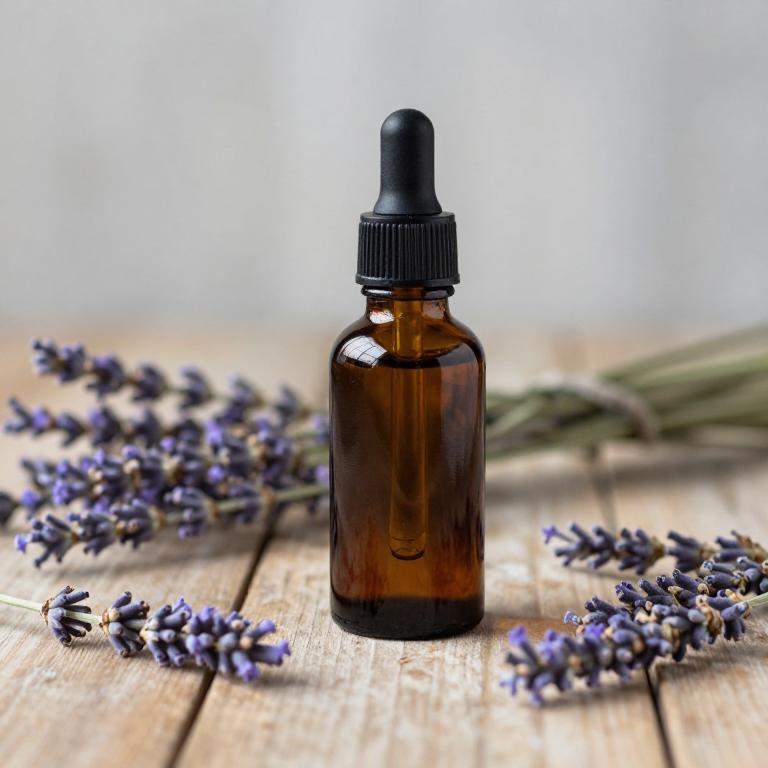
Lavandula angustifolia, commonly known as English lavender, is often used in herbal tinctures for its antimicrobial and anti-inflammatory properties.
These tinctures are traditionally applied to open wounds to help prevent infection and promote healing. The essential oils in lavender, such as linalool and lavandin, have been shown to reduce inflammation and soothe pain associated with wounds. When diluted properly, lavender tinctures can be safely applied topically to minor cuts, scrapes, and burns.
However, it is important to consult a healthcare professional before using lavender tinctures on severe or infected wounds to ensure proper treatment and safety.